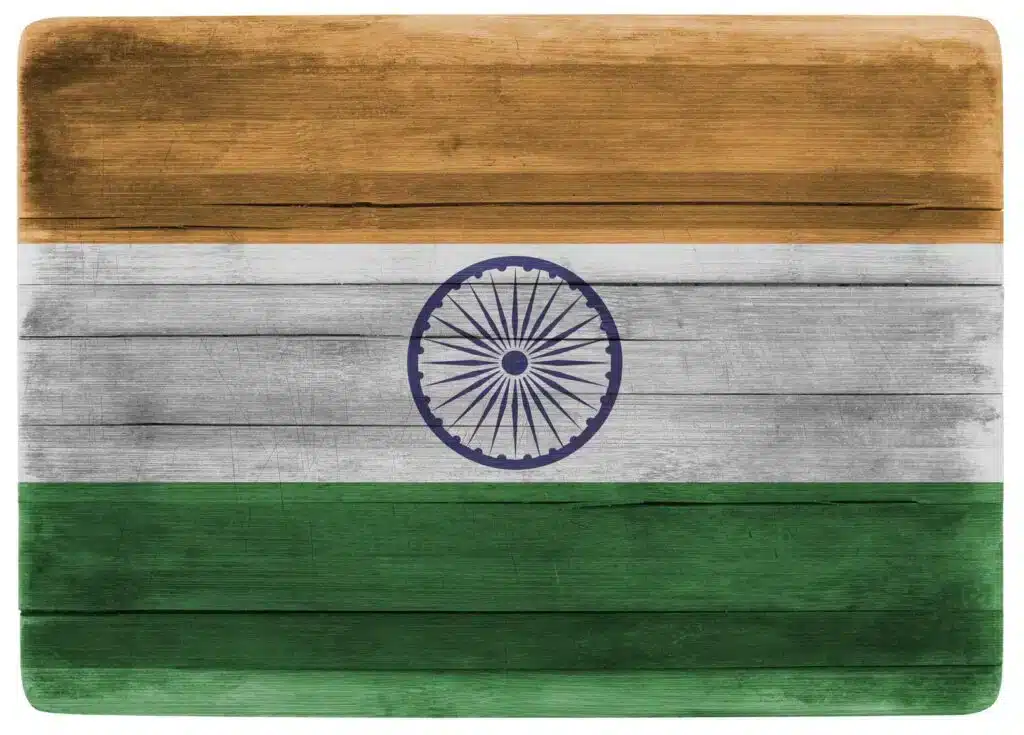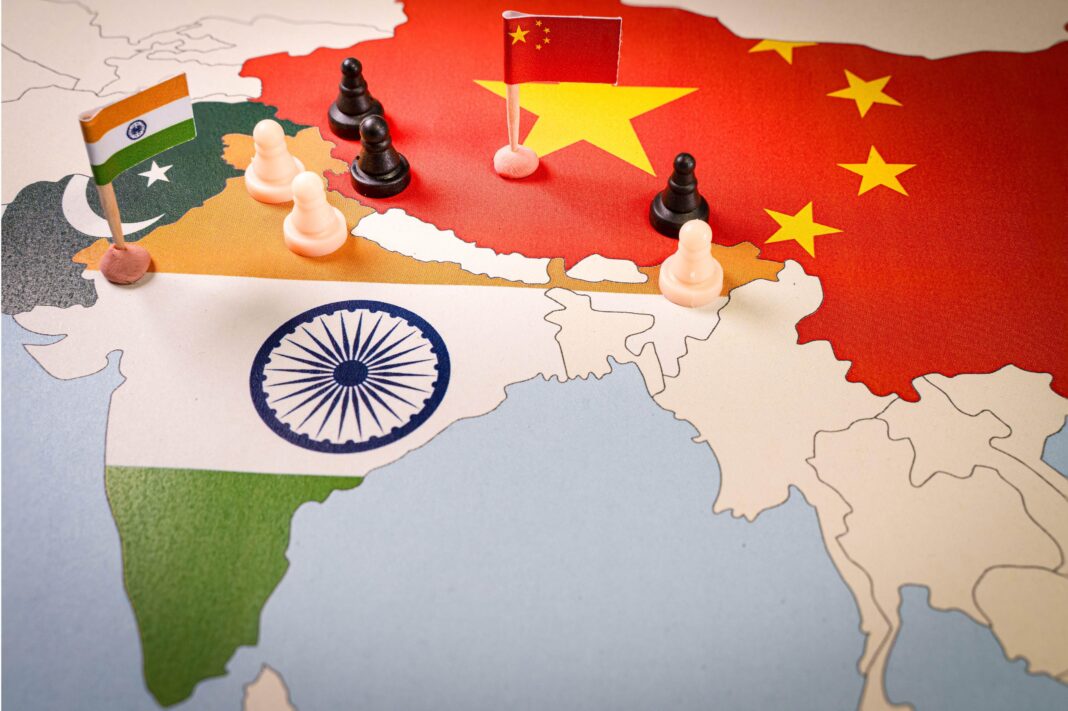India is expanding its network of overseas ports, expanding its tentacles on regional timber supply chains and following China’s playbook to exert economic influence across the Indo-Pacific.
The two regional superpowers are now engaging in a new great game, with China targeting new ports in Sri Lanka, the Maldives and Bangladesh to add to its extensive land and ocean port network.
Yesterday, India Ports Global (IPGL), spearheading India’s new overseas port network, gained rights to operate a new international port, Sittwe, in Myanmar. The junta-controlled government gave the company the keys to a significant timber-producing port on the Kaladan River.
According to an Indian senior official connected to the deal, “IPGL will fill a vacuum with the long-term planning of the port,” with all trade to paid in Indian rupee as part of a new Southeast Asian multi-model transport model.
Under the terms of the agreement, IPGL will finance the expansion of the port, built with a $500-million grant-in-aid provided by the Modi government, which, once constructed, will have the potential to accommodate deepwater sea vessels.
Wood Central understands that the new port will supply timber merchants in Vizag in Andhra Pradesh and Kolkata in West Bengal, bypassing Bangladesh to trade with the Northeastern states.
Like China, India has strong ties with the junta, with the trade of Myanmar Teak surging despite Western Sanctions. According to Global Witness, in the year leading up to the 2021 coup, 80% of Myanmar’s illegally logged timber was smuggled to China and India.
India’s soaring demand for global timber
It comes as Indian timber imports are booming worldwide, with plywood exports from the United States growing 45% for February.
India has emerged as one of the United States’ most important export markets, with 116,000 cubic metres of softwoods shipped from the West Coast to India last year.

Last year, Wood Central reported that Indian demand for Roundwood will grow 70%, from 57 million cubic metres in 2020 to 98 million cubic metres in 2030, driven to a large degree by a surge in construction activity.
According to the Indian Centre for Science and Environment, the country’s 2022 demand for timber was 63 million cubic metres – 30 million cubic metres for domestic production and 33 million cubic metres from imported sources.
The race to make up the shortfall has seen India compete with China to become the world’s largest consumer market for structural timbers, with the Modi Government grappling with a 19 million unit shortage in housing, which will double over the next five years.
To find out how India has become the world’s latest timber superpower, click on Wood Central’s special feature.







